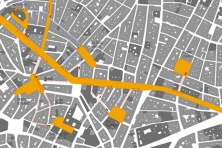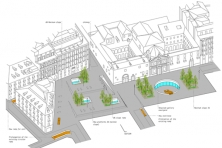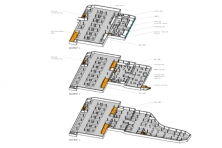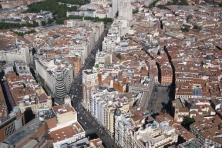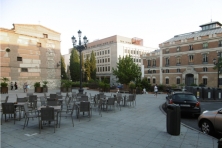Nature Injections
Madrid (ES) - Mention Spéciale
DONNÉES DE L’ÉQUIPE
Représentante d’équipe: Miguel Alonso González (ES) – architect
Ramón y Cajal, 11 9°C Avilés, 33402 Asturias (ES)
+34 635 372 078 – +34 985 551 348 – miguel.alonso28@gmail.com
Voir la liste complète des portraits ici
Voir la page du site en anglais ici

M. Alonso González
INTERVIEW en anglais
Cliquer sur les images pour les agrandir
1. How did you form the team for the competition?
On this occasion my team has been formed exclusively by me. I have actually tackled this project as a personal experiment, assuming all the necessary roles to develop the final product. As a result, this experience has allowed me to investigate in different fields and measure my abilities.
2. How do you define the main issue of your project, and how did you answer on this session main topic: the place of productive activities within the city?
The main goal of 'Nature Injections' is to revitalize the surroundings of Gran Vía. This would be achieved through the renovation of 6 squares implementing new activities in their basements. Apart from that, it is also proposed to minimize the presence of the motor vehicles, which would serve to improve the environmental quality of the area.
3. How did this issue and the questions raised by the site mutation meet?
The urban complexity reached in the centre of Madrid leads to rethink the roles of its infrastructures. The excess of traffic as well as the lack of balance among activities in this area require to make transformations in the most versatile pieces of the urban framework, the squares. Thereby, this proposal aims at converting the existing underground car parks into new facilities. This is accomplished through minimal but powerful interventions that take advantage of the potentiality of each space. Moreover, the reorganization of circulations and the creation of merchandise distribution centres liberate, in large extent, the representative spaces from the road traffic. Finally, should be noted the role of the visual permeability between the surface of the squares and the lower floors, what it supposes to be an important resource for the revitalization the urban space.
4. Have you treated this issue previously? What were the reference projects that inspired yours?
So far, I have worked on projects connected to the reactivation of degraded urban areas, but never using the issue of production as the chief asset. Conceptually, there are several references that I have used as a base of my design, however they are not all architectural projects. First of all, I consider that the way of intervening in the existing structures has some similarity with the 'Building Cuts' of Matta-Clark. Another important reference was an ant farm, which led me to consider the visual interest of the underground activities. Finally, the gardening design through trees and grasses was inspired by the Castilian landscape.
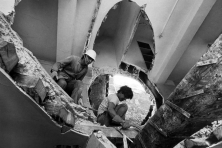
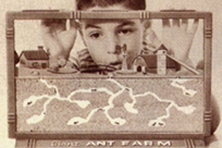
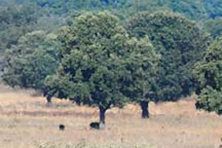
5. Urban-architectural projects like the ones in Europan can only be implemented together with the actors through a negotiated process and in time. How did you consider this issue in your project?
It could be said that each of the 6 squares constitutes an engine for the process of revitalization of the area. This means that a phased execution is completely viable. The more interventions squares receive, the more strength the project as a whole will acquire.
6. Is it the first time you have been awarded a prize at Europan? How could this help you in your professional career?
Yes, it is also the first time that I participate. Personally, I consider that the Europan prize is not only a recognition but also a platform to make my work visible and an opportunity to meet colleagues with similar concerns. Therefore, I hope that having achieved this prize will help me participating in new interesting projects along my professional career.
